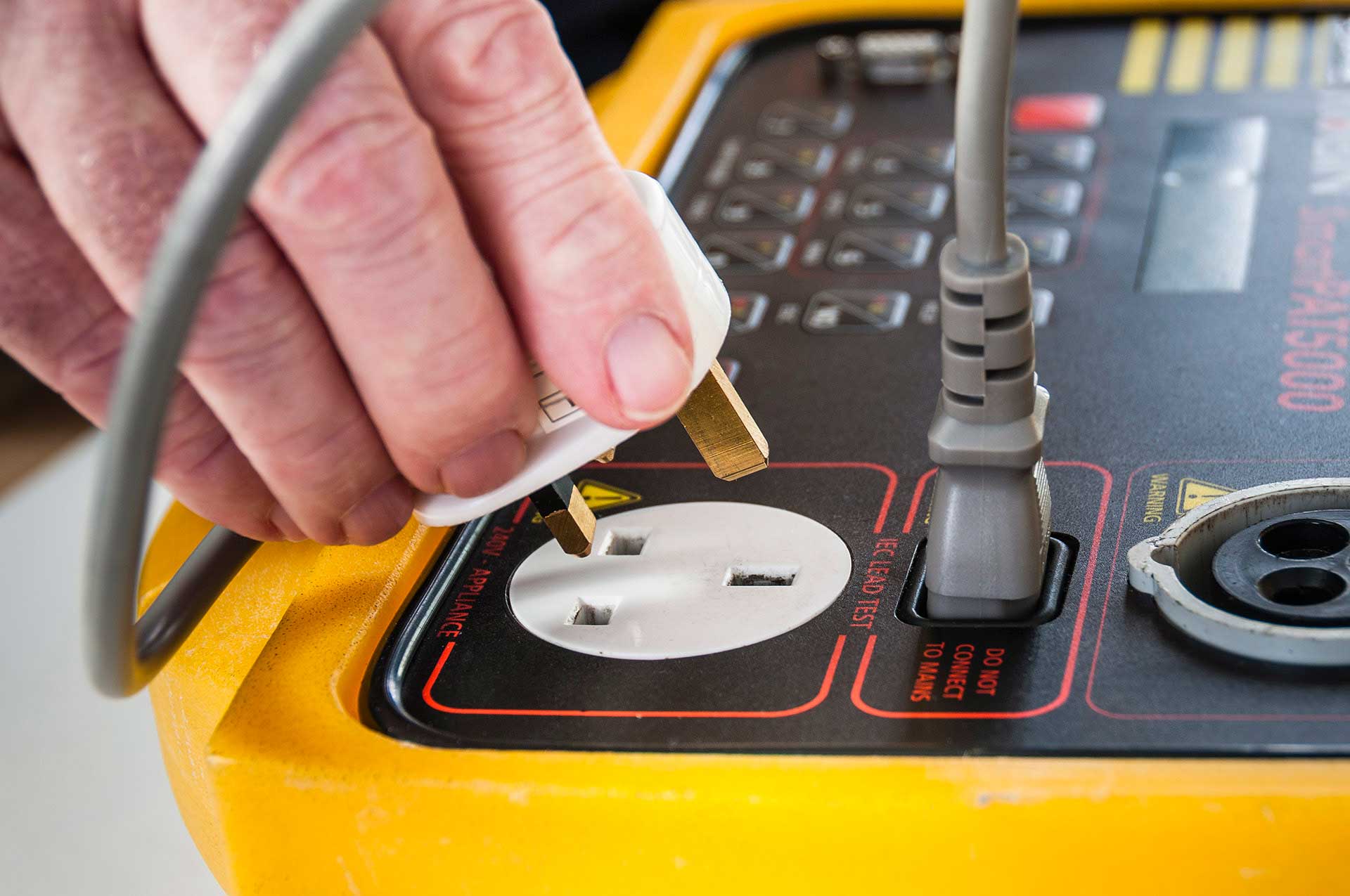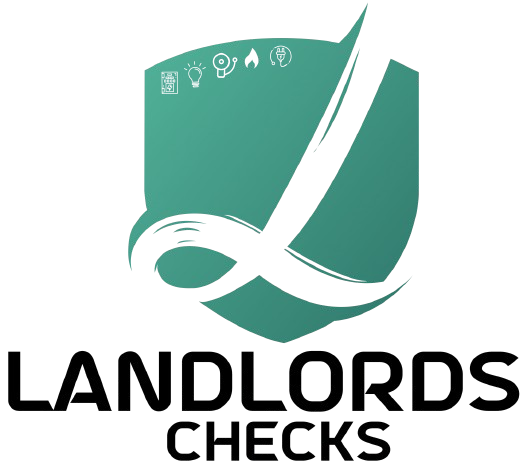
What is PAT testing?
The examination of electrical equipment and appliances to ensure that they are in a safe state is known as portable appliance testing (PAT). The majority of electrical safety flaws can be seen visually, however, some defects can only be detected by testing. However, it’s important to remember that visual inspection is an important component of the process because some electrical safety faults aren’t detectable through testing alone. A quick user check (based on simple training and possibly aided by the use of a quick checklist) can be a valuable addition to any electrical maintenance program. Depending on the type of equipment and the location in which it is used, more formal visual inspection and testing by a competent person may be required at appropriate intervals.
How often do you need a PAT testing service?
Several factors influence whether or not you should consider PAT testing. You should schedule a test if you’ve had particular appliances for a long time or aren’t sure if they’re still safe to use. PAT testing may be required for appliances that you use frequently. The frequency with which you should test your appliances is determined by a variety of factors. A microwave that is used every day, or power tools used at busy sites, for example, may need to be tested more frequently than an appliance that is kept in a cupboard.
Is PAT Testing a legal requirement, and from whom to get it?
Portable appliance testing (PAT) is used to check that appliances and equipment are electrically safe. Although it is not a legal necessity, employers, company owners, and landlords utilize it as a customary practice since they must create a safe workplace for their employees, customers, or renters. PAT testing in London is performed by NICEIC-certified electricians who are qualified and experienced in evaluating any electrical item and identifying potential safety hazards.
The PAT Test certificate should always be included in your health and safety protocols. You must implement a maintenance program under the 1974 Health and Safety at Work Act. Appliances should be visually inspected and electrically tested as part of this procedure.
What needs PAT Testing?
All electrical appliances should undergo portable appliance testing (PAT Testing), often known as electrical safety testing. This includes appliances that are permanently installed, such as hand dryers, ovens, hobs, and cookers. Because stationary appliances are commonly overlooked, the word “portable” might be misleading. PAT testing is used in a variety of businesses, including residential, commercial, and industrial buildings. Covering portable appliances for your tenant’s belongings is also a good idea; this assures their safety and maybe your obligation.
Any portable item or equipment, by definition, must be tested. Basically, if the device connects to a power supply through a flexible wire or cable, it qualifies as a portable appliance and must be inspected. Anything from extension cords to a vending machine qualifies. Portable application testing is not required for wireless appliances such as cordless drills, but it is required for their battery chargers that plug into the wall to charge the device.
What is the procedure for the test, and what will you receive?
All electrical equipment that is hardwired or can be connected to a plug socket is visually inspected and thoroughly checked throughout the test. Consequently, the term “portable” does not necessarily indicate “compact electrical appliances.” PAT testing is required for all types and sizes of electrical equipment and devices. To assess insulation resistance, lead polarity, earth continuity, and other issues, electricians utilize specialized testing tools. Following the completion of the portable appliance testing and inspection, you should get a certificate that comprises the following details:
- Each appliance’s kind, name, location, and description are listed in an inventory.
- An entire set of test findings for each appliance tested
- A complete list of failed things, as well as an explanation of why they failed.
- Each piece of equipment must have a clear pass/fail stamp with both the inspection date, the next inspection due date, and the signature of the examiner.
If you aren’t technically savvy, the contractor or a competent person who performed the inspection and testing should be pleased to walk you through the report and advise you on any additional steps you need to take.
The best method to be sure your appliances are safe is to have them tested with PAT testing in london. This is a useful approach for landlords and businesses to check that they are meeting their legal requirements to maintain high electrical safety standards in their rented property and keep their employees safe.





